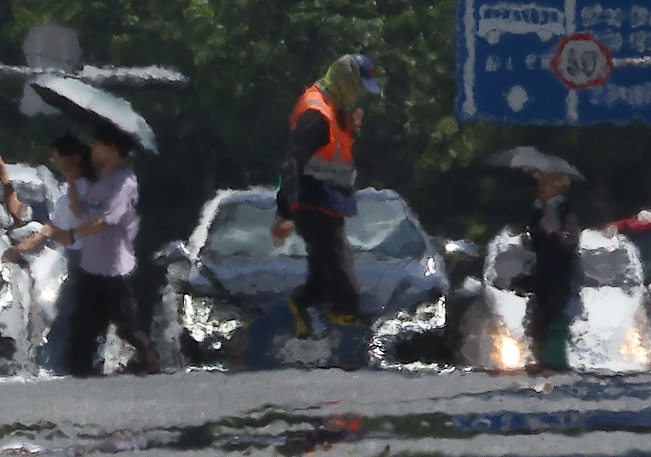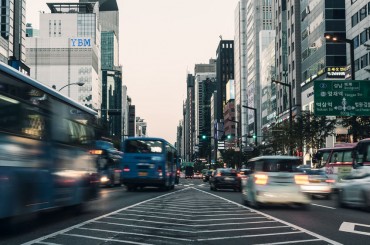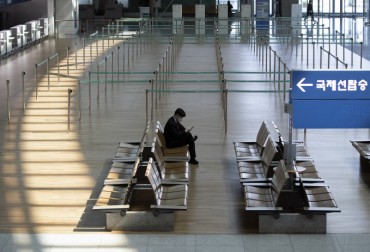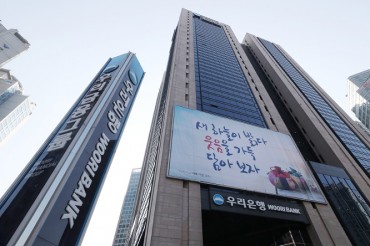
People walk across a road in the southeastern city of Daegu on Aug. 3, 2023, over which the air shimmers as a heat wave continues to grip South Korea. (Yonhap)
SEOUL, Aug. 17 (Korea Bizwire) — Smaller cities are undergoing more intense heatwaves compared to their larger counterparts due to inadequate infrastructure to mitigate rising temperatures, the weather agency said Wednesday.
According to a study by the Korea Meteorological Administration (KMA), a total of 16 cities underwent temperature escalation over a 10-year span from 1973 to 2020.
The group included eight major cities with populations exceeding 1 million and smaller counterparts with populations surpassing 300,000. The average temperature increase amounted to 0.37 degrees Celsius.
The temperature surge attributed to urbanization varied between 0.09 and 0.18 degrees, contributing to an overall temperature upswing ranging from 24 to 49 percent.
Larger cities underwent an increase in temperature of 0.36 degrees every decade, slightly less pronounced than the increment experienced in smaller cities (0.38 degrees).
Temperature hikes resulting from urbanization ranged from 0.08 to 0.17 degrees within the larger cities (constituting 22 to 47 percent of the total temperature increase).
Conversely, smaller cities witnessed an elevation in temperature ranging from 0.11 to 0.19 degrees (making up 29 to 50 percent of the overall increase).
Over a span of 10 years, the count of days featuring temperatures exceeding 33 degrees Celsius during the hottest period of the day increased by 1.6 days for larger cities and 1.8 days for smaller cities.
“Unlike larger cities that curtailed their expansion since the 1990s, smaller cities sustained their growth until recently, possibly contributing to the temperature surge,” the KMA said.
H. M. Kang (hmkang@koreabizwire.com)





